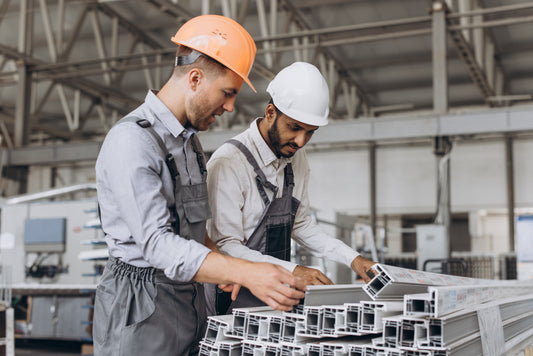Fillers & Composites in Thermoplastics: Optimize Performance & Processing

Courses Included in this Bundle


Filled Thermoplastics Optimization: Practical Formulation Strategy
By Chris DeArmitt Recorded on: 14 Sep 16
Thermoplastics Composites Interface Optimization for High Heat Applications
By Mark DeMeuse Recorded on: 31 Aug 17Package Includes
6 months access to Course Recording, Presentation Slides, Q&A Transcript
Bundle Description
Master Fillers & Composites in Thermoplastics: Optimize Performance & Durability.
Fillers and reinforcements play a crucial role in thermoplastic formulations, improving properties such as strength, stiffness, thermal resistance, and cost-effectiveness. But achieving the right balance between performance, processability, and cost is a challenge. Poor filler selection, weak interfacial bonding, and improper dispersion can lead to brittleness, reduced mechanical properties, and processing inefficiencies—all of which compromise the final product.
This bundle provides a complete strategy to master filler optimization and composite interface engineering. You'll learn:
- How to select and optimize fillers for mechanical, thermal, and cost benefits.
- How to fine-tune formulations to prevent defects like poor dispersion and weak bonding.
- How to enhance interfacial adhesion in composites for high-heat applications and long-term reliability.
Whether you're developing cost-effective filled thermoplastics or high-performance composites, this bundle gives you the expertise and tools to achieve consistent, high-quality results.
Why should you view this bundle ?
This bundle is meant for ?
-
This course is suitable for intermediate level proficiency
Intermediate
What you can achieve with this bundle
Complete your Learning with this bundle
Course 1

Fillers in Thermoplastics: Essential Principles for Efficient Optimization
By Trevor HutleySee Course Summary
Maximize the performance / cost ratio of your thermoplastics formulations by getting structured knowledge on fillers and the impact of their particle size/shape, distribution... on final performance.
Trevor Hutley will discuss what is only acquired by experience to go one step further in your optimization quest by providing you a cheat sheet to select appropriate fillers for your thermoplastics.
Course Outline
- Module 01:
- Module 02:
- Module 03:
- Module 04:
- Module 05:
- Module 06:
- Module 07:
- Module 08:
Course 2

Filled Thermoplastics Optimization: Practical Formulation Strategy
By Chris DeArmittSee Course Summary
Boost performance of your filled thermoplastics (strength, stability, processability…) by improving fillers dispersion in the polymer matrix and controlling its interactions with additives (adsorption, additive deactivation).
Chris DeArmitt will help you prevent performance and aesthetic failures & reduce cost by sharing his practical methods to screen dispersants & coupling agents as well as solutions to improve weld/flow lines (particle size, dosage…), reduce warpage…
Course Outline
- Module 01:
- Module 02:
- Module 03:
- Module 04:
- Module 05:
- Module 06:
- Module 07:
- Module 08:
- Module 09:
- Module 010:
Course 3

Thermoplastics Composites Interface Optimization for High Heat Applications
By Mark DeMeuseSee Course Summary
Reach faster higher heat resistance with your thermoplastic composite materials by learning to improve your filler/polymer interface properties in practice.
Mark DeMeuse will share his 30 yrs experience in tailoring surface properties (fiber sizing, use of coupling agents, reactive functionalization…) for high-temperature applications (automotive, aircraft, electronics…) while also improving HDT, strength, fracture toughness...
Course Outline
- Module 01:
- Module 02:
- Module 03:
- Module 04:
- Module 05:


